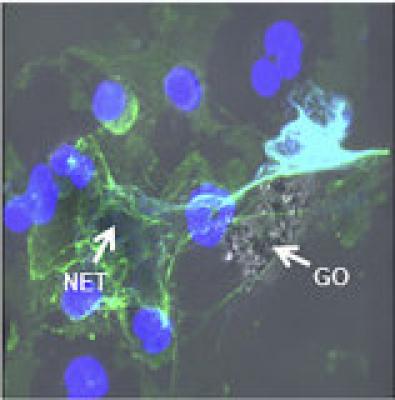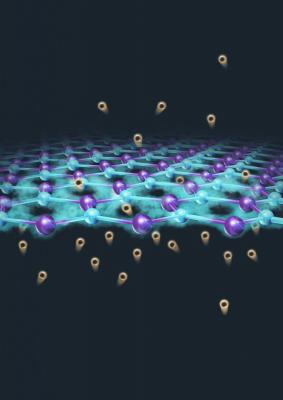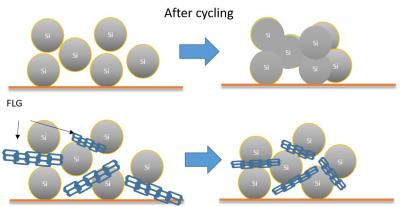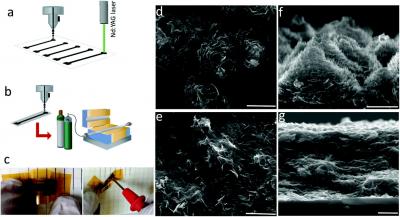Zenyatta Ventures announces strategic focus on graphene
 Zenyatta Ventures has announced a strategic focus on graphene, which is converted from the Company’s Albany graphite deposit.
Zenyatta Ventures has announced a strategic focus on graphene, which is converted from the Company’s Albany graphite deposit.
Zenyatta states that during 2017, independent labs in Japan, UK, Israel, USA and Canada demonstrated that Zenyatta’s rare form of graphite easily exfoliates to graphene using a variety of simple mechanical methods. It was also stated that the graphene produced by Zenyatta’s partners is a consistent and high-quality nanomaterial, including the most desirable, mono-layer to tri-layer forms. The Company’s graphene also has excellent dispersion properties and therefore is highly suitable for enhancing present day composite materials like rubber and concrete, as confirmed by the University of Sussex and Ben-Gurion University respectively.






